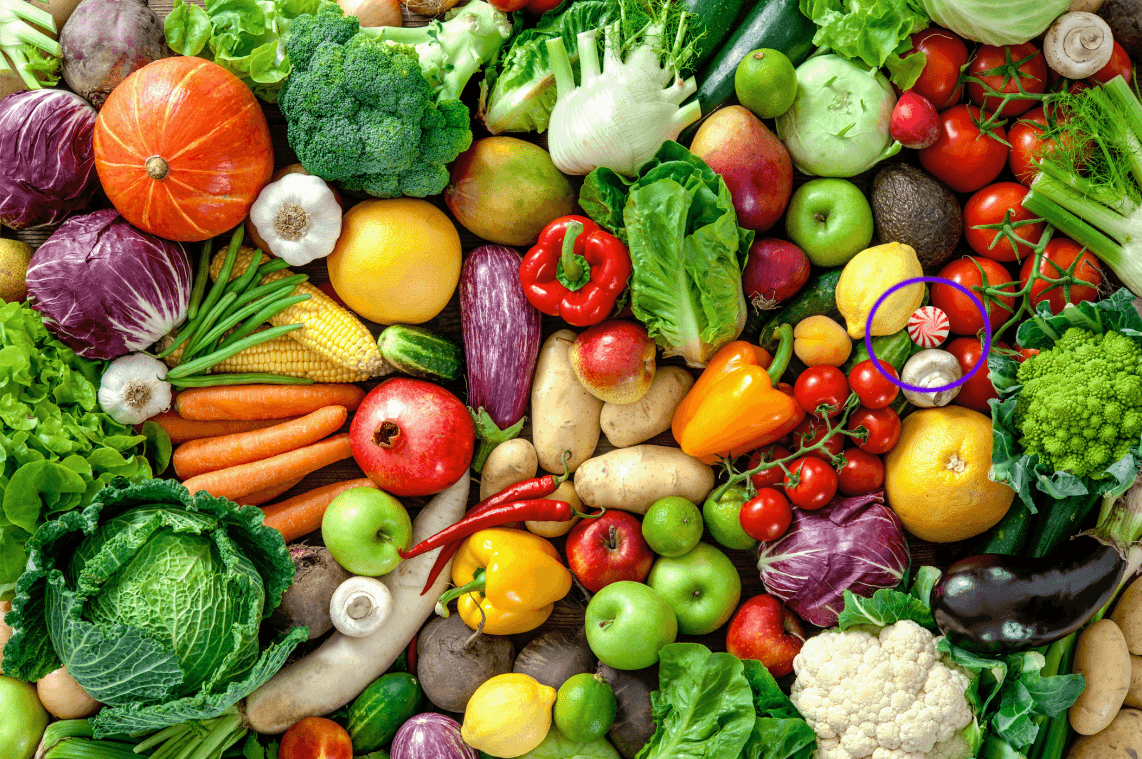
Freezing and Food Safety: A Smart Guide for Seniors
Freezing is one of the most effective ways to extend the life of your groceries while preserving their nutritional value and taste. Here’s what every senior should know about freezing food safely and effectively.
What Foods Can Be Frozen?
Almost all foods can be frozen safely, including meats, fruits, vegetables, and cooked meals. The exceptions? Avoid freezing canned goods or raw eggs in their shells. However, once removed from the can, items like soups or hams can be frozen with no issue.
Is Frozen Food Safe to Eat?
Yes—absolutely. As long as food is consistently stored at 0 °F (-18 °C) or lower, it remains safe indefinitely. Freezing does not kill bacteria or parasites, but it puts them in a dormant state, preventing them from multiplying. This makes freezing a powerful tool in preventing foodborne illness.
Does Freezing Eliminate Harmful Microbes?
While freezing inactivates microbes such as bacteria, yeasts, and molds, it does not destroy them. Once the food is thawed, these organisms can become active again. That's why it's essential to handle thawed foods with the same care as fresh perishable items—keep them cold, cook thoroughly, and consume them promptly.
How to Maintain Freshness and Quality
To enjoy the best flavor and texture, freeze food while it's still fresh—don’t wait until it’s nearing expiration. Freezing at peak quality ensures that the food tastes great once thawed. For optimal results, maintain your freezer at 0 °F or lower to preserve nutrients, color, and texture.
What About Nutrients?
You’ll be pleased to know that freezing does not reduce the nutritional value of food. Meats, poultry, and produce retain their vitamins and minerals during freezer storage—so you can enjoy healthy, home-cooked meals at your convenience.
During a Power Outage
If your freezer stops working due to a power outage or technical issue, don’t panic. A full freezer can keep food frozen for up to 48 hours if the door remains closed. A half-full freezer will maintain safe temperatures for about 24 hours. As a rule of thumb, if ice crystals are still visible in the food, it’s likely safe to refreeze or cook.
Understanding Freezer Burn
Noticing dry, grayish spots on frozen food? That’s freezer burn—a result of air reaching the food's surface. While it doesn’t pose any health risk, it can affect taste and texture. Simply trim off freezer-burned areas before or after cooking. For best results, use airtight packaging to minimize exposure to air.
Final Thoughts
Freezing food is a practical, safe, and nutritious way to extend the life of your meals. By following a few simple guidelines, you can protect your health and reduce food waste—both of which are important at any age.
For more information, visit USDA.gov.
